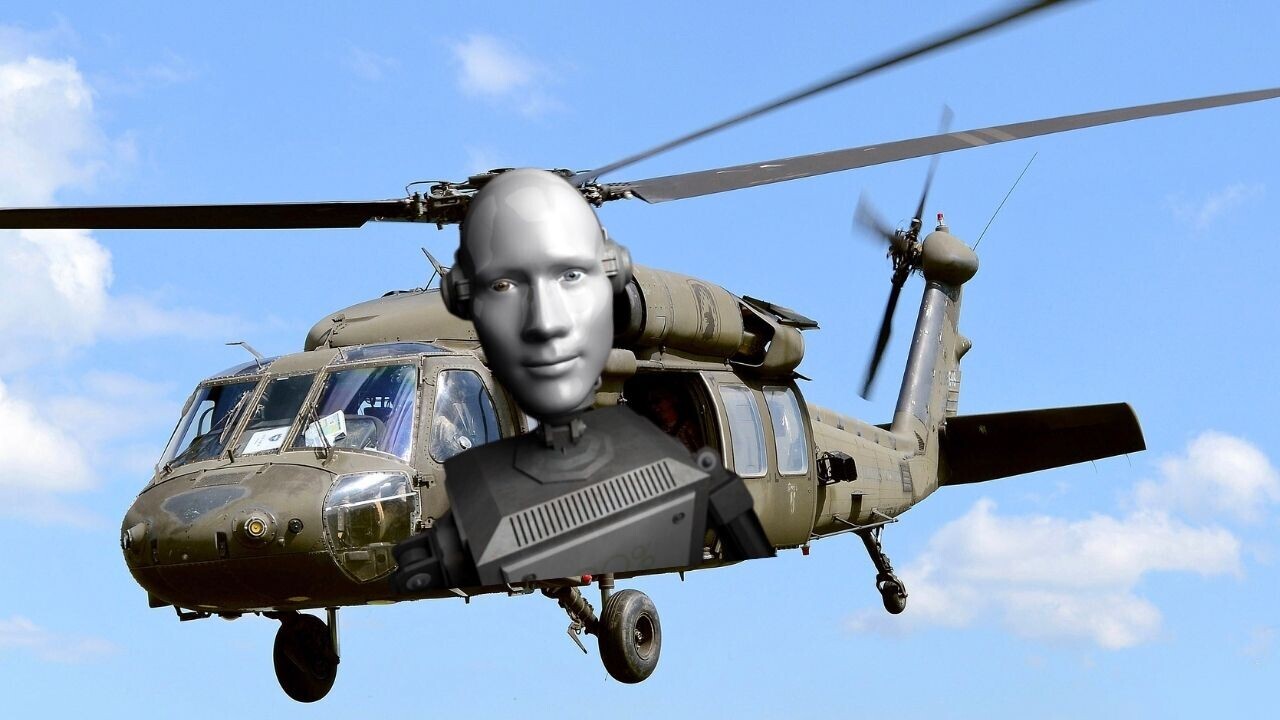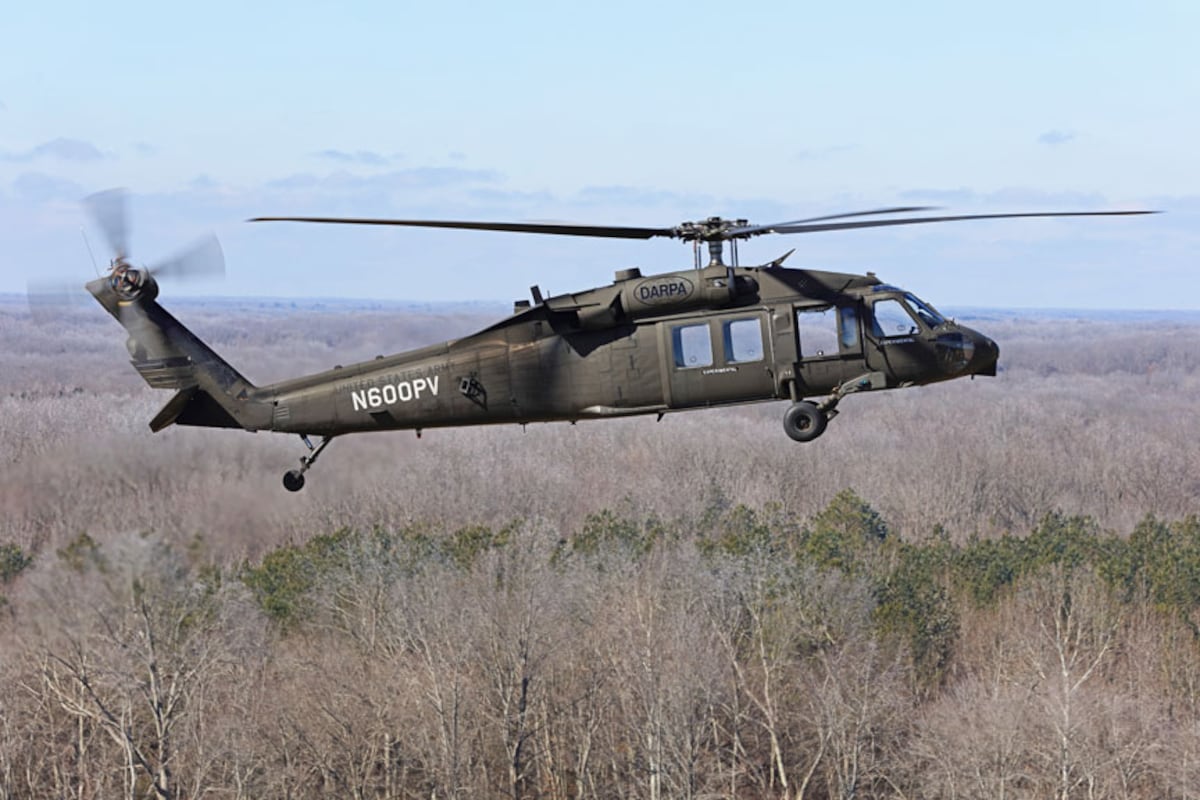Find out about the Aviation and Training Required for Running a Blackhawk Helicopter
Find out about the Aviation and Training Required for Running a Blackhawk Helicopter
Blog Article
Discovering the Thrills and Innovations of the Blackhawk Helicopter
The Blackhawk helicopter stands as a testimony to armed forces aviation's development, merging technological advancements with sensible applications. Considering that its introduction in the 1960s, it has changed the landscape of airborne support, flaunting attributes that enhance its efficiency in different functional functions. As we examine its historic importance and key innovations, one have to consider exactly how forthcoming advancements might redefine its abilities. What exists ahead for this legendary aircraft, and just how will emerging innovations form its future in armed forces procedures?
Background of the Blackhawk Helicopter
Because its creation in the 1960s, the Blackhawk helicopter has played a crucial role in modern-day military aeronautics. Developed by Sikorsky Aircraft, the UH-60 Blackhawk was created to satisfy the U.S. Army's requirement for a functional energy helicopter capable of carrying out a range of objectives, consisting of army transportation, medical evacuation, and cargo airlift. The style was a feedback to the limitations of earlier helicopters, particularly in terms of ability to move, speed, and survivability.
The Blackhawk made its very first trip in 1974 and soon went into solution in 1979. Its introduction noted a considerable development in helicopter innovation, featuring a two-rotor system that enhanced efficiency and stability. The aircraft's rugged building and progressed avionics enabled it to operate successfully in varied environments and conditions.
Throughout the years, the Blackhawk has been continuously upgraded, integrating lessons picked up from various combat situations. Its implementation in conflicts such as the Gulf War, Somalia, and the Battle on Fear additional strengthened its reputation as a crucial property. The Blackhawk's tradition is identified by its flexibility and durability, making it a cornerstone of military air travel for decades.
Trick Functions and Specifications
The Blackhawk helicopter is differentiated by its durable style and advanced technical functions, which jointly improve its operational capacities. Created largely for utility goals, the Blackhawk flaunts a maximum takeoff weight of roughly 22,000 extra pounds, enabling it to carry significant hauls while maintaining dexterity.
Outfitted with two General Electric T700-GE-701C engines, the Blackhawk attains an optimal speed of around 183 knots and a range of 368 nautical miles - Blackhawk Helicopter. Its state-of-the-art rotor system includes a four-blade main rotor and a four-blade tail blades, guaranteeing stability and ability to move in various flying problems
The helicopter's cabin can accommodate approximately 11 soldiers or numerous cargo arrangements, showcasing flexibility in mission accounts. Additionally, the Blackhawk is created with innovative avionics, consisting of electronic flight controls and a thorough cockpit display, boosting pilot situational awareness.
For improved survivability, the Blackhawk incorporates ballistic armor and self-sealing fuel containers. Its ability to operate in diverse settings, from deserts to icy terrains, additionally strengthens its track record as a reputable platform for humanitarian and military procedures alike. The Blackhawk's mix of power, convenience, and durability makes it a keystone of contemporary airborne abilities.
Advancements in Modern Technology
Technologies in technology have actually dramatically boosted the abilities of the Blackhawk helicopter, ensuring it stays at the center of army air travel. One of the most remarkable improvements is the assimilation of sophisticated avionics systems, which provide improved situational recognition with real-time data processing and display. This innovation permits pilots to browse complicated environments more efficiently, improving goal success prices.

In addition, the intro have a peek at these guys of digital fly-by-wire systems has reinvented the control devices of the Blackhawk, offering smoother handling and enhanced responsiveness. These systems assist in innovative ability to move, crucial in high-stakes situations. Advancements in interaction and networking innovations allow smooth sychronisation among units, improving overall functional efficiency. Collectively, these technical advancements guarantee that the Blackhawk helicopter continues to be an important possession in modern armed forces operations.
Duties in Military Procedures
With innovative technology boosting its abilities, the Blackhawk helicopter plays a diverse role in army procedures. Largely, it is employed for troop transportation, enabling rapid release and extraction of workers in various combat scenarios. Its roomy cabin can accommodate as much as 11 soldiers, making it a crucial possession for unique operations and large-scale goals.
Additionally, the Blackhawk acts as a medevac system, equipped to transfer wounded soldiers quickly and successfully from the battlefield to clinical facilities - Blackhawk Helicopter. Its flexibility includes logistical assistance, where it brings materials and devices crucial for sustaining armed forces operations in remote locations

The helicopter is also important in reconnaissance objectives, supplying airborne security and intelligence-gathering capabilities. Its capability to operate in varied atmospheres-- ranging from metropolitan settings to extreme terrains-- more solidifies its significance on the battlefield.
Furthermore, the Blackhawk can be equipped with innovative weaponry, enabling it to engage in battle and supply close air assistance. This versatility underscores the helicopter's important function in modern-day army strategies, making it an essential component of militaries worldwide.
Future Dopes and Innovations
Advancements in technology guarantee to introduce a brand-new era for the Blackhawk helicopter, improving its abilities and operational performance. As the military landscape evolves, so also does the focus on incorporating innovative innovations into rotary-wing aircraft. Future developments for the Blackhawk might include improvements in avionics, such as sophisticated trip control systems and enhanced situational understanding devices powered by expert system. These innovations will certainly facilitate a lot more specific navigation and decision-making in complicated environments.
In addition, the assimilation of unmanned systems is on the perspective, potentially permitting manned-unmanned teaming operations that can increase objective accounts and minimize danger to employees. The Blackhawk's design is additionally anticipated to incorporate lighter and stronger materials, enhancing fuel performance and general efficiency.

Verdict
In final thought, the Blackhawk helicopter represents a considerable accomplishment in military air travel, characterized by its adaptability and progressed technical functions. Its historical evolution reflects a continuous feedback to operational requirements, improving abilities in various functions such as troop transport and medevac procedures. Ongoing innovations, consisting of the integration of expert system and hybrid-electric propulsion, guarantee to more reinforce the Blackhawk's effectiveness and importance in future military interactions, ensuring its standing as a crucial possession on the battleground.

With sophisticated technology boosting its capacities, the Blackhawk helicopter plays a diverse role in military procedures. (Blackhawk Helicopter)
Report this page